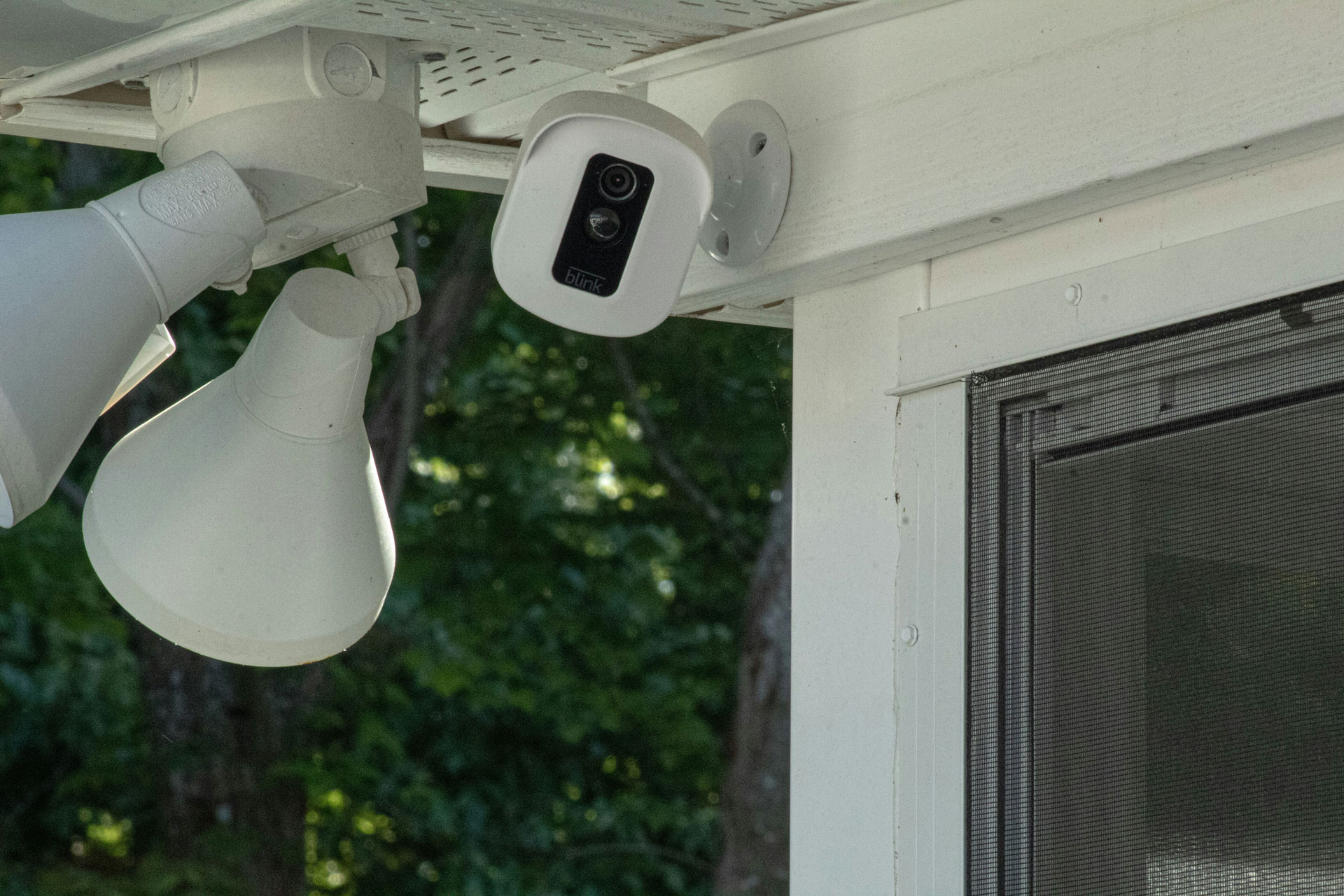When buying a security camera system, look for a company that has the best products and services to get you set up. This is great for those looking to beef up their overall security. But the wide selection of security cameras available can be confusing to some home and business owners. Many people simply don’t know which type of camera system is right for them. Today we are going to learn more about security camera systems and find out which one is right for you.
Five Things to Consider When Buying a Security Camera System
- How many cameras do you need:
This is a very important question. The answer will depend on two factors, your budget and the size of your building. If you are working within a tight budget, you will be limited to the number of cameras that you can install on your property. If this is the case, make sure you purchase at least two cameras to cover both the front and back entrance of your building or home. On the other hand, if you have a large budget, you will want to buy enough cameras to cover the entire perimeter of your building. - Wireless or wired:
There are two main types of camera systems on the market today. Wired and wireless camera systems are both very effective and get the job done well. But if you don’t own your home or building, you probably are limited to the number of holes you can drill. A wireless system will allow you to place cameras around you. Plus, you only need to drill a few holes and you won’t have to run expensive wiring. - Do you need a motion-activated camera:
While some of you want to record everything that goes on day and night, others only want to record when there is someone in the area. By installing motion-activated cameras, you will only capture what you want skipping all the rest of the boring footage. - Do you need a monitoring service:
Another very important question to think about. A great way to keep watch over your building or home is by adding a monitoring service to your security camera package. This way you will always have someone looking out for your best interests. - What type of customer service is included:
Finally, you will need to find out what type of customer service is included with your security camera installation. Keep in mind that having someone that you can speak to about technical issues is very important.


